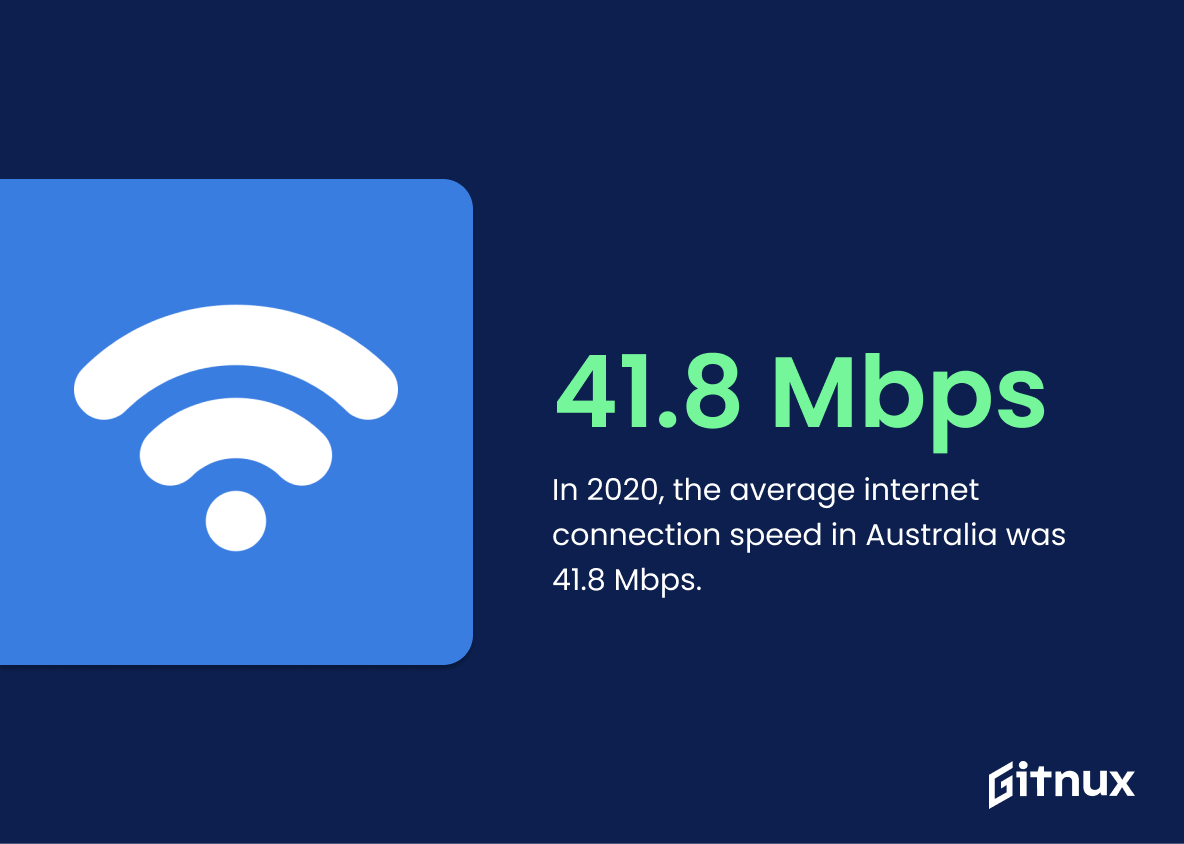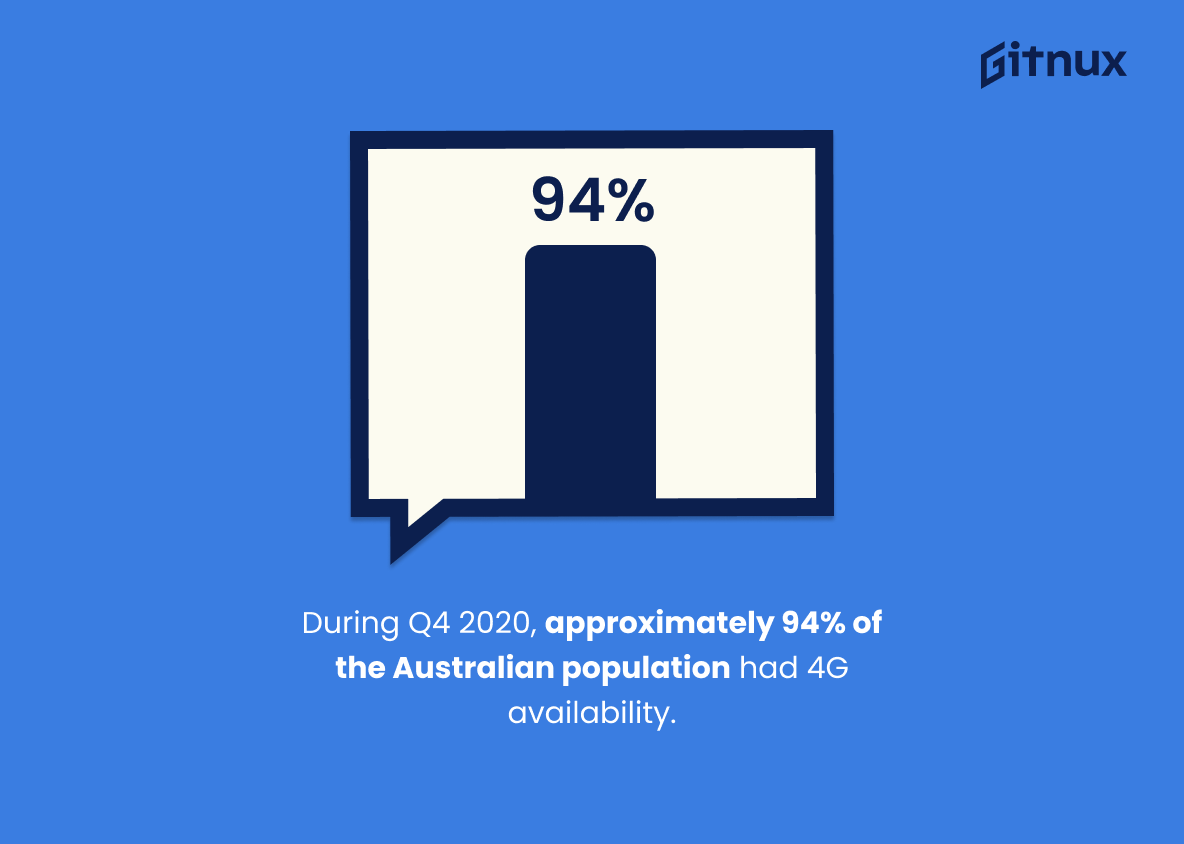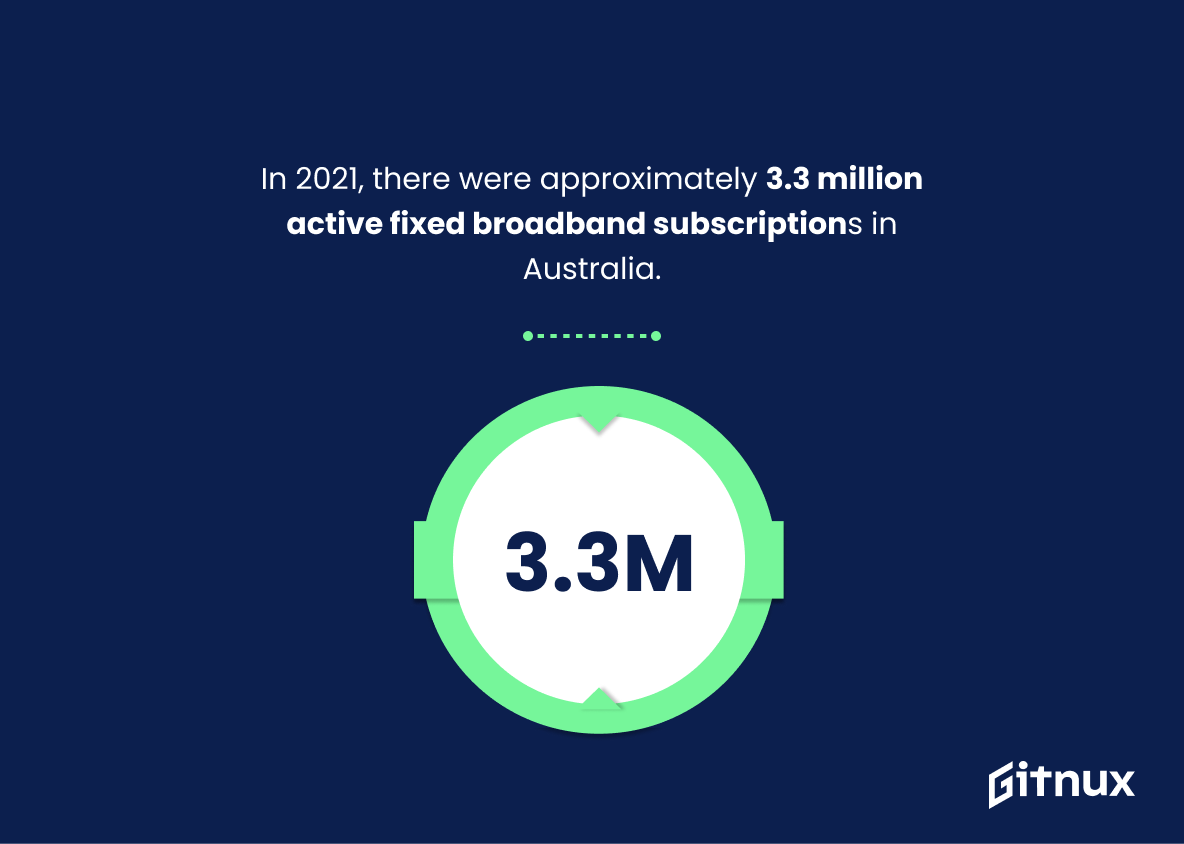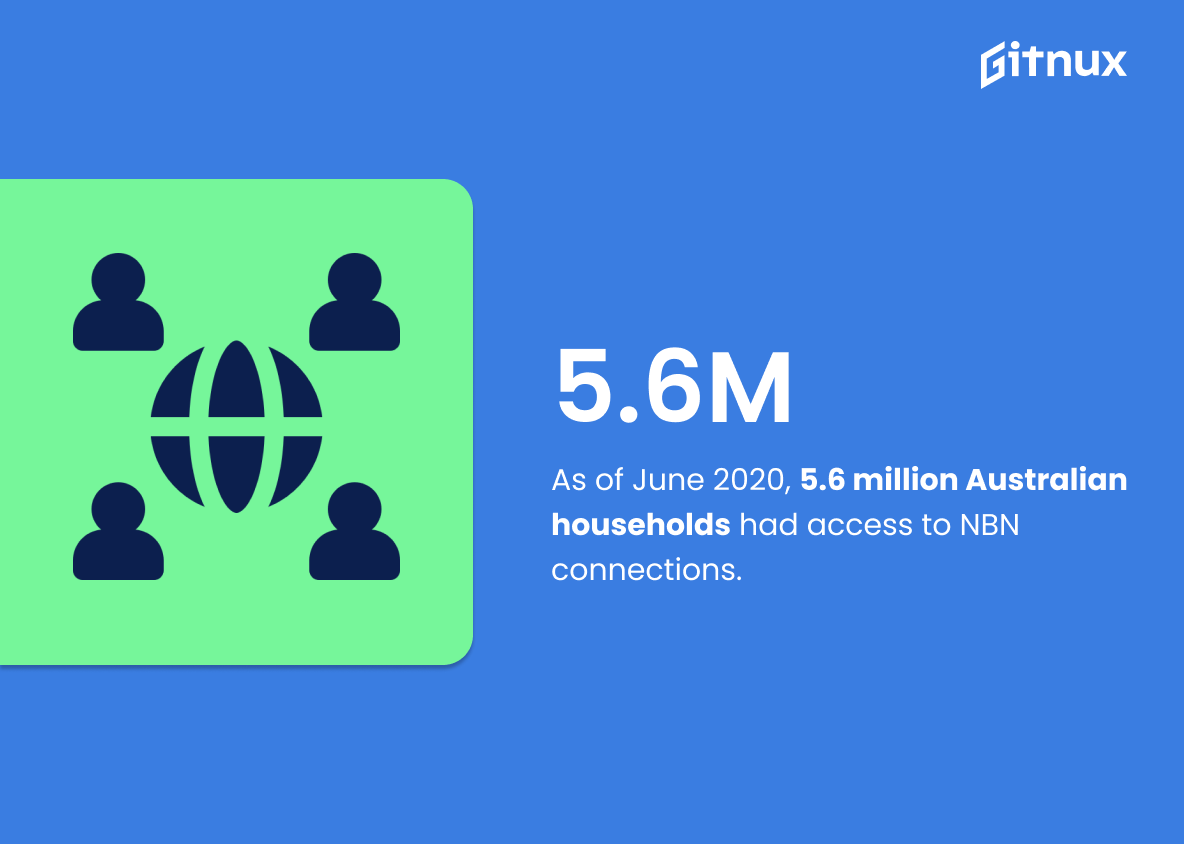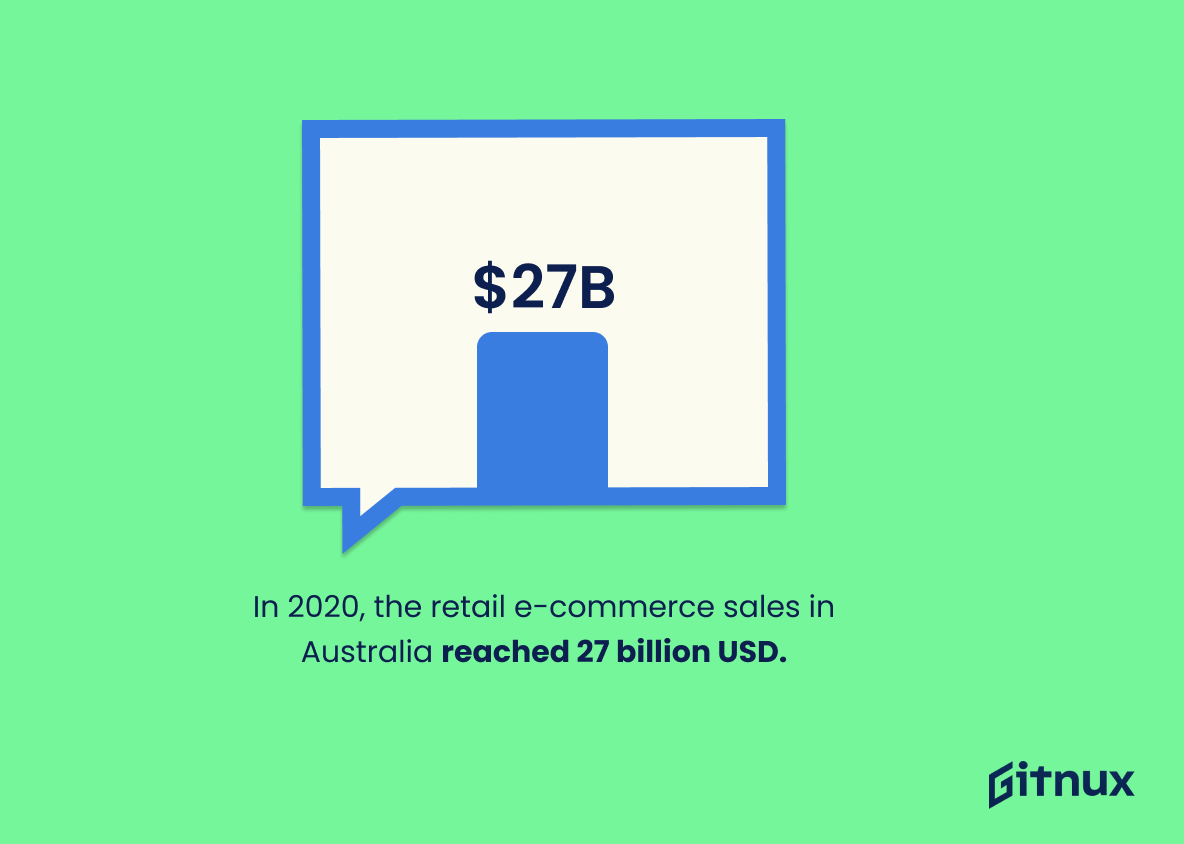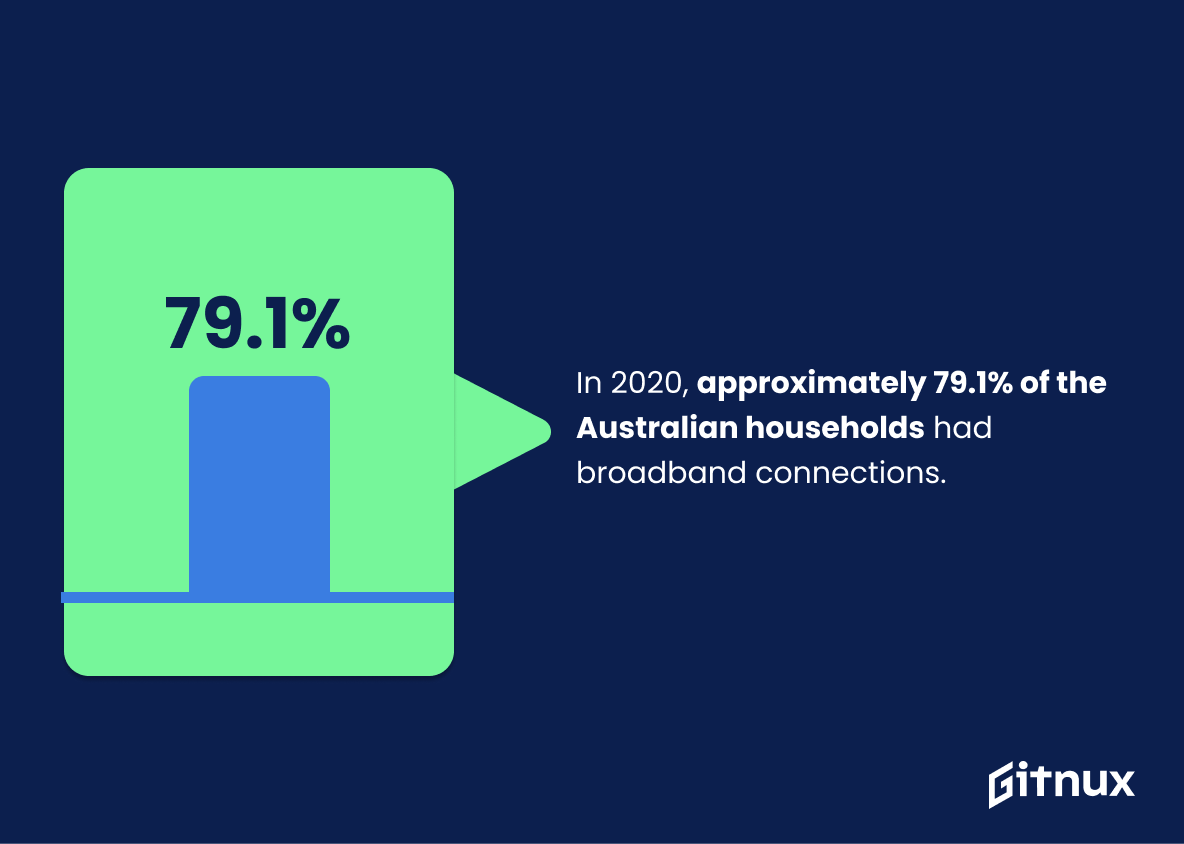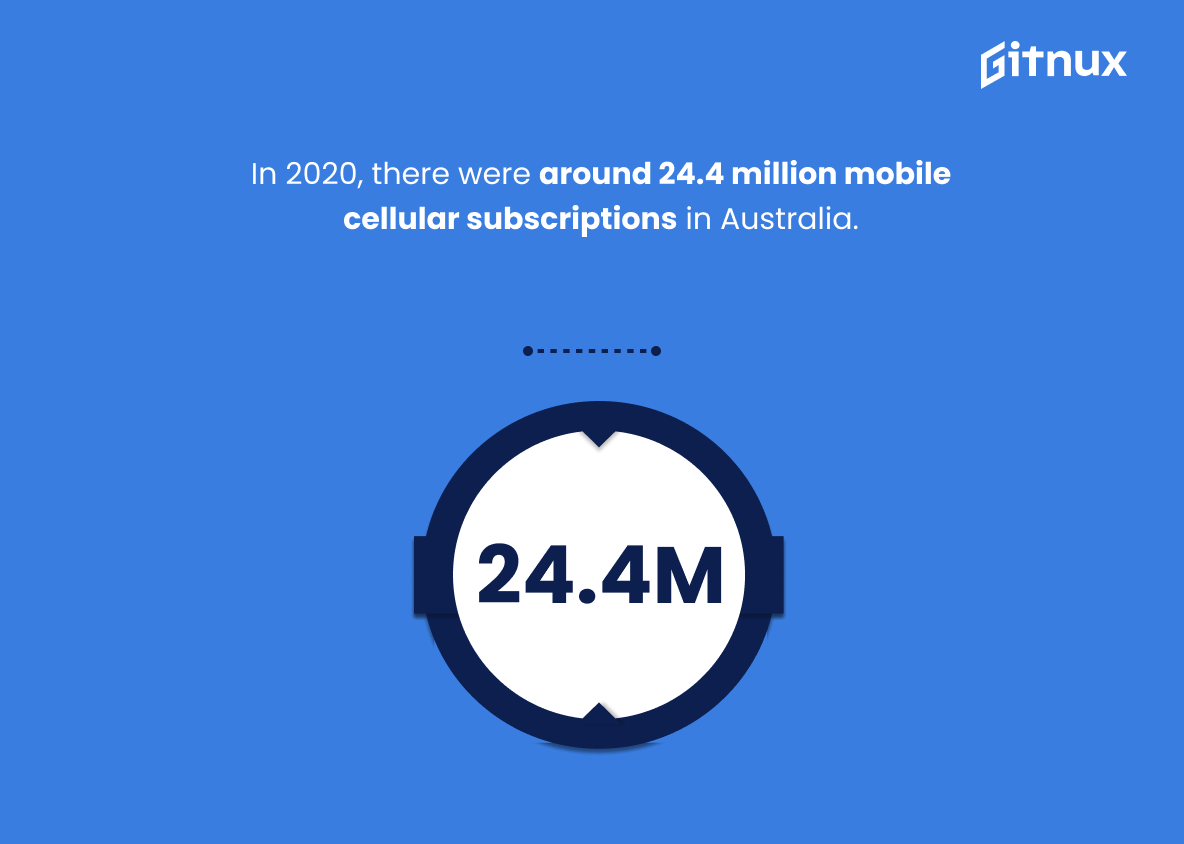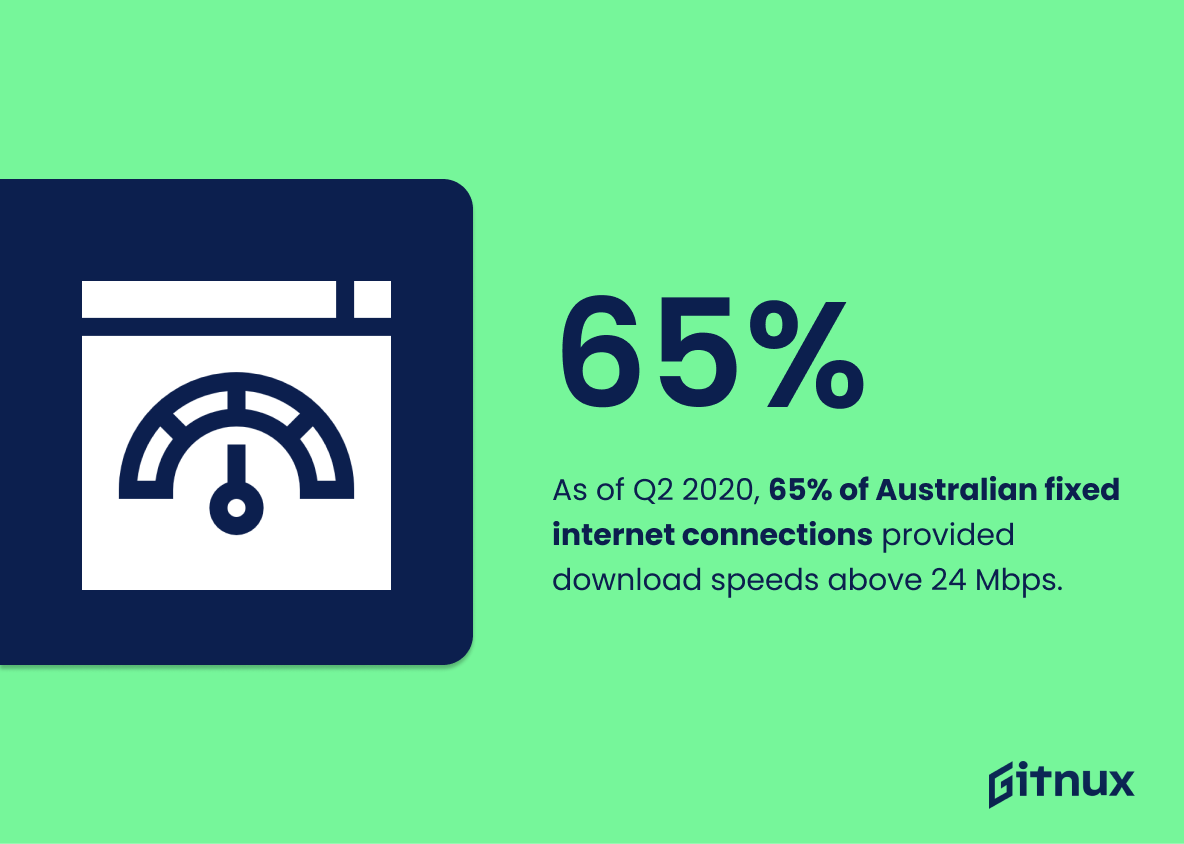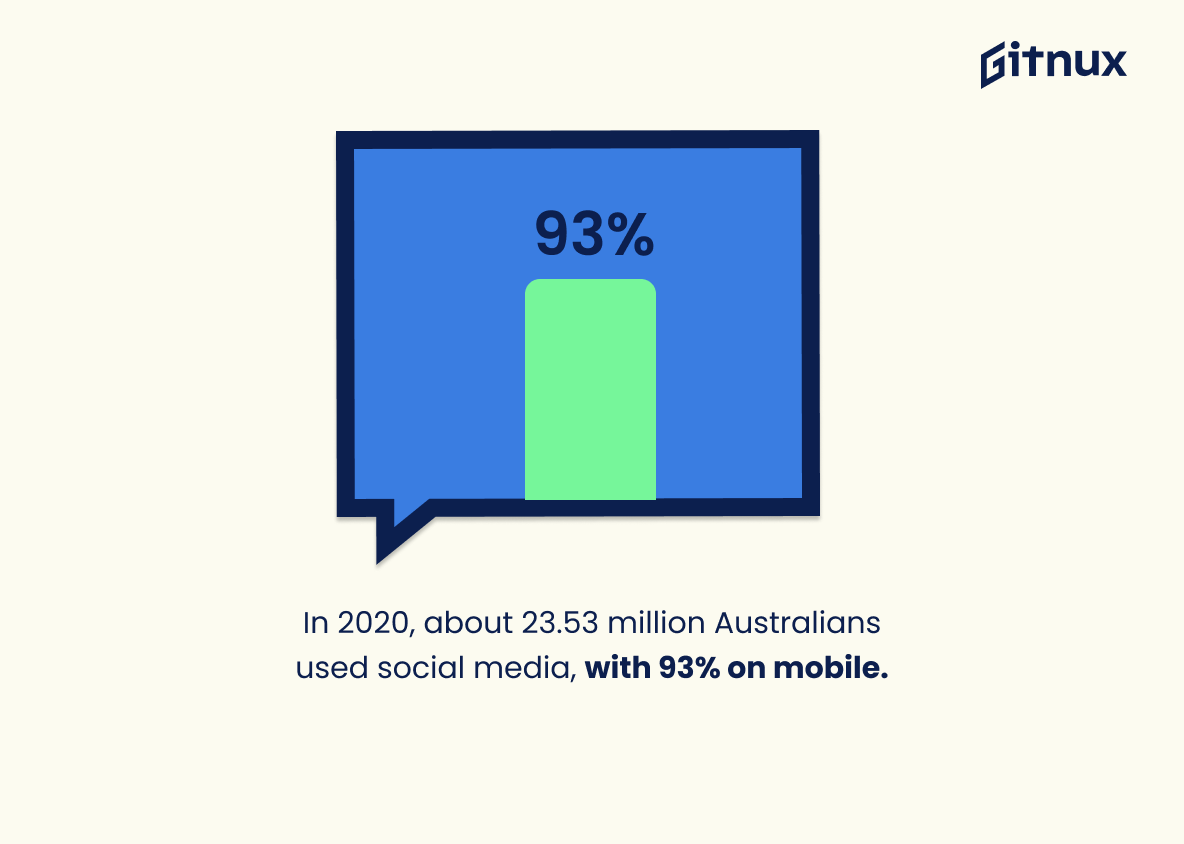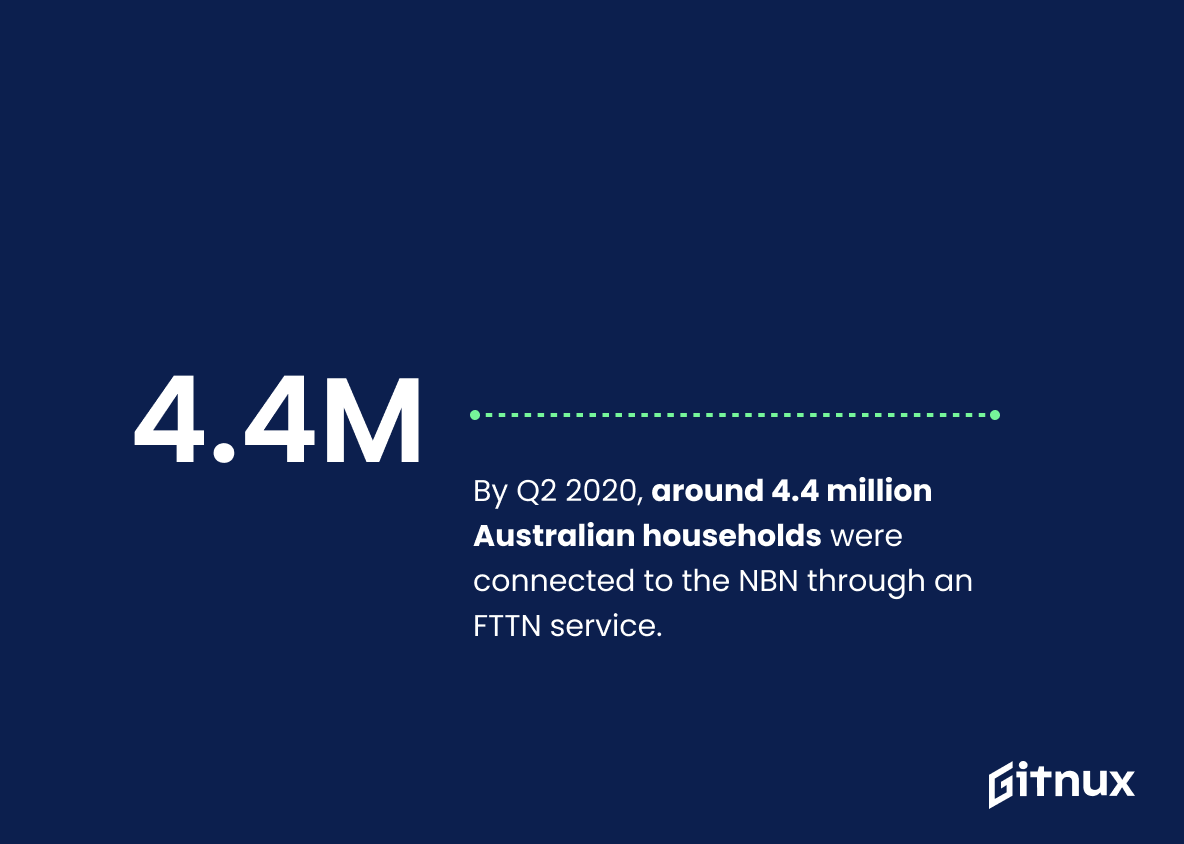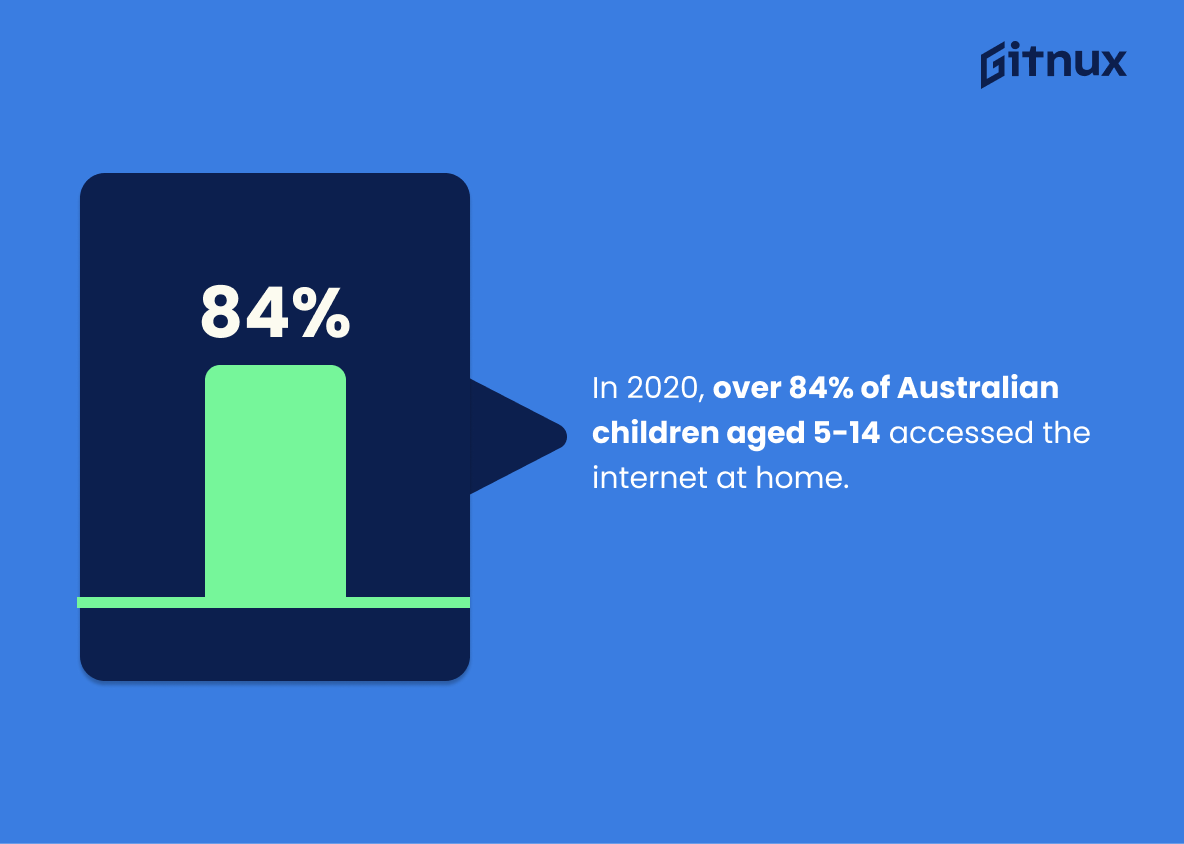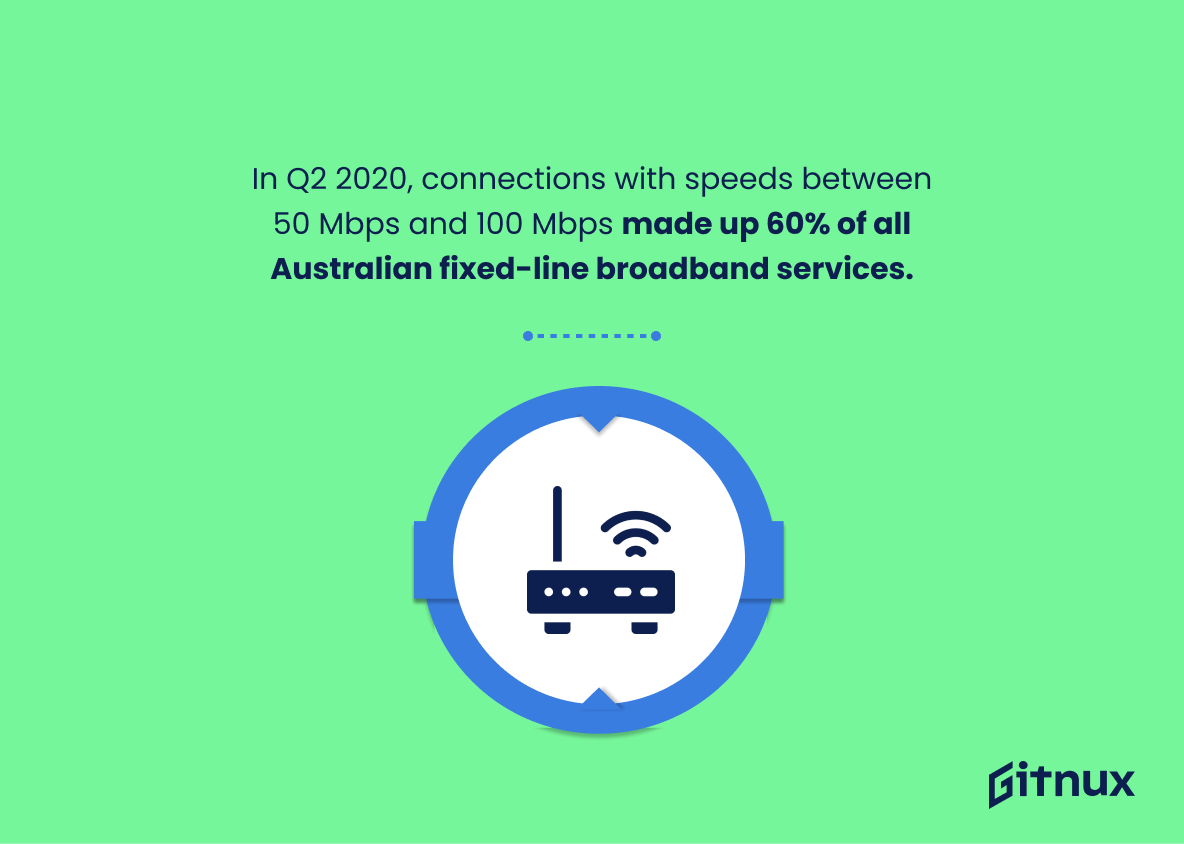Australia is a highly connected nation, with internet usage and access continuing to grow. This blog post will explore the latest statistics on Australia’s internet use, including the percentage of Australians who are online, average connection speeds, mobile broadband availability and subscriptions, fixed-line connections and more. We’ll also look at how Australian businesses are using the internet for orders as well as consumer spending habits when it comes to streaming video content. Finally we’ll take a closer look at children’s access to technology in Australia today. So let’s dive into these fascinating stats about Australia’s digital landscape.
This statistic is a telling indication of the importance of the internet in Australia. It shows that the majority of Australians are connected to the internet, and that the internet is an integral part of their lives. This statistic is important for understanding the current state of the internet in Australia, and how it is being used by the population. It is also important for understanding the potential for growth in the internet industry in Australia, and the opportunities that this presents.
As of January 2021, around 22.69 million Australians actively use the internet.
This statistic is a telling indication of the importance of the internet in Australia. It highlights the fact that a large portion of the population is actively engaging with the internet, making it a key part of everyday life. This is especially relevant in the context of a blog post about Australia Internet Statistics, as it provides a snapshot of the current state of internet usage in the country.
Australia Internet Statistics Overview
In 2020, the average internet connection speed in Australia was 41.8 Mbps.
This statistic is a telling indication of the progress Australia has made in terms of internet connection speed. It shows that Australians are now able to access the internet at speeds that are faster than ever before, allowing them to take advantage of the many benefits that come with having a fast internet connection. This statistic is an important part of understanding the current state of Australia’s internet infrastructure and how it is evolving.
During Q4 2020, approximately 94% of the Australian population had 4G availability.
This statistic is a testament to the impressive strides Australia has made in terms of 4G availability. It highlights the fact that the vast majority of Australians have access to the latest technology, allowing them to stay connected and take advantage of the many benefits that come with it. This is an important factor in the overall development of the country, as it allows for greater access to information, resources, and opportunities.
In June 2020, there were around 15.28 million internet subscribers in Australia.
This statistic is a telling indication of the level of internet access in Australia. It highlights the fact that a large portion of the population has access to the internet, which is essential for communication, entertainment, and access to information. This statistic is important for understanding the current state of the internet in Australia and how it is being used by the population. It is also a useful tool for gauging the potential for growth in the internet industry in Australia.
Approximately 40% of Australian businesses receive orders via the internet.
This statistic is a telling indication of the importance of the internet in the Australian business landscape. It demonstrates that a significant portion of businesses are taking advantage of the opportunities that the internet provides, such as increased customer reach and streamlined ordering processes. This statistic is an important piece of information for anyone looking to understand the impact of the internet on the Australian economy.
In 2021, there were approximately 3.3 million active fixed broadband subscriptions in Australia.
This statistic is a telling indication of the current state of internet access in Australia. It reveals that a significant portion of the population has access to fixed broadband subscriptions, which is essential for activities such as streaming, online shopping, and remote work. This statistic is also important in understanding the digital divide in Australia, as it shows the number of people who have access to the internet and those who do not.
As of June 2020, 5.6 million Australian households had access to NBN connections.
This statistic is a telling indication of the progress Australia has made in providing its citizens with access to the NBN. It highlights the fact that the majority of households in the country now have access to the high-speed internet connection, which is essential for a modern, connected society.
In 2020, the retail e-commerce sales in Australia reached 27 billion USD.
This statistic is a testament to the immense growth of e-commerce in Australia. It highlights the fact that Australians are increasingly turning to online shopping to purchase goods and services, indicating a shift in consumer behaviour. This shift is indicative of the larger trend of digital transformation in Australia, and is an important factor to consider when discussing the country’s internet statistics.
As of Q4 2020, there were around 8.43 million mobile-broadband subscriptions in Australia.
This statistic is a telling indication of the prevalence of mobile-broadband subscriptions in Australia. It speaks to the fact that Australians are increasingly relying on mobile-broadband services to access the internet, and that the demand for such services is growing. This is an important statistic to consider when discussing Australia’s internet statistics, as it provides insight into the current state of the country’s internet infrastructure and usage.
In 2020, approximately 79.1% of the Australian households had broadband connections.
This statistic is a telling indication of the level of internet access in Australia. It shows that the majority of households have access to broadband connections, which is essential for staying connected in the digital age. This statistic is important for understanding the current state of internet access in Australia and can be used to inform decisions about how to improve access in the future.
In 2020, there were around 24.4 million mobile cellular subscriptions in Australia.
This statistic is a telling indication of the level of internet access in Australia. It shows that the majority of Australians have access to the internet through their mobile devices, which is essential for staying connected in the digital age. This statistic is also important for understanding the overall internet usage in Australia, as it provides a baseline for the number of people who are able to access the internet.
As of Q2 2020, 65% of Australian fixed internet connections provided download speeds above 24 Mbps.
This statistic is a testament to the progress Australia has made in providing its citizens with reliable internet connections. It shows that the majority of Australians have access to download speeds that are more than adequate for streaming, gaming, and other activities that require a fast connection. This is an important indicator of the quality of internet access in Australia, and it is a positive sign for the future of the country’s digital infrastructure.
In 2020, around 23.53 million Australians were active social media users, with 93% accessing social media through their mobile devices.
This statistic is a telling indication of the power of social media in Australia. It shows that the majority of Australians are actively engaging with social media, and that the majority of them are doing so through their mobile devices. This highlights the importance of mobile-friendly content when it comes to reaching an Australian audience, and the need for businesses to ensure their social media presence is optimized for mobile users. It also speaks to the potential of social media as a marketing tool, as it provides a direct line to a large portion of the Australian population.
By Q2 2020, around 4.4 million Australian households were connected to the NBN through an FTTN service.
This statistic is a telling indication of the progress Australia has made in providing its citizens with access to the NBN. It shows that a significant portion of the population is now connected to the NBN through an FTTN service, which is a major step forward in terms of providing reliable and fast internet access to Australians. This statistic is an important part of understanding the current state of Australia’s internet infrastructure and how it is evolving.
In 2020, over 84% of Australian children aged 5-14 accessed the internet at home.
This statistic is a powerful indicator of the prevalence of internet access in Australian households. It demonstrates that the majority of children in Australia have access to the internet, which is essential for their education and development. This statistic is especially relevant in the context of a blog post about Australia Internet Statistics, as it provides a snapshot of the current state of internet access in the country.
In Q2 2020, connections with speeds between 50 Mbps and 100 Mbps made up 60% of all Australian fixed-line broadband services.
This statistic is a telling indication of the current state of Australia’s fixed-line broadband services. It reveals that the majority of connections are in the mid-range of speeds, suggesting that the majority of Australians are not receiving the fastest speeds available. This is important to consider when discussing Australia’s internet statistics, as it highlights the need for improved infrastructure and access to faster speeds.
In 2020, internet users in Australia spent an average of 5 hours and 6 minutes per day online.
This statistic is a telling indication of the impact the internet has had on Australians’ lives. It demonstrates how much time Australians are dedicating to the internet, and how much of an integral part of their lives it has become. This statistic is essential to understanding the current state of internet usage in Australia, and is a key factor in any discussion of Australia’s internet statistics.
Conclusion
It is clear from the data that Australians are highly connected to the internet. In 2021, 86% of the population were active users and there were 22.69 million actively using it in January 2021 alone. The average connection speed was 41.8 Mbps with 94% having 4G availability, while 15.28 million had internet subscriptions as of June 2020 and 40% received orders via the internet for their businesses during 2018-19 financial year. Additionally, 3.3 million households had fixed broadband connections in 2021 and 5.6 million NBN connections by June 2020; retail e-commerce sales reached 27 billion USD in 2020; 843 thousand mobile broadband subscriptions existed by Q4 2020; 79 percent of Australian households had a broadband connection at home last year; 24 point four (24) millions cellular subscription existed also last year; 65 percent provided download speeds above 24 Mbps through fixed line services by Q2 2020 ; 23 point five three (23) millions used social media platforms with 93 % accessing them through mobiles devices same period ; 37 % children aged between 4 -5 years old accessed Internet enabled devices every day on third quarter this current year . Finally , 84 % children aged between 5 – 14 years old accessed Internet at home throughout this past twelve months whilst consumers spent an average 25 point eleven billions minutes streaming video content per month . It can be concluded that Australia has one of highest levels of connectivity worldwide which will continue to grow over time due its high rate adoption rates across all age groups
References
0. – https://www.speedtest.net
1. – https://www.apo.org.au
2. – https://www.abs.gov.au
3. – https://www.opensignal.com
4. – https://www.nbnco.com.au
5. – https://www.datareportal.com
6. – https://www.accc.gov.au
7. – https://www.itu.int
8. – https://www.statista.com
